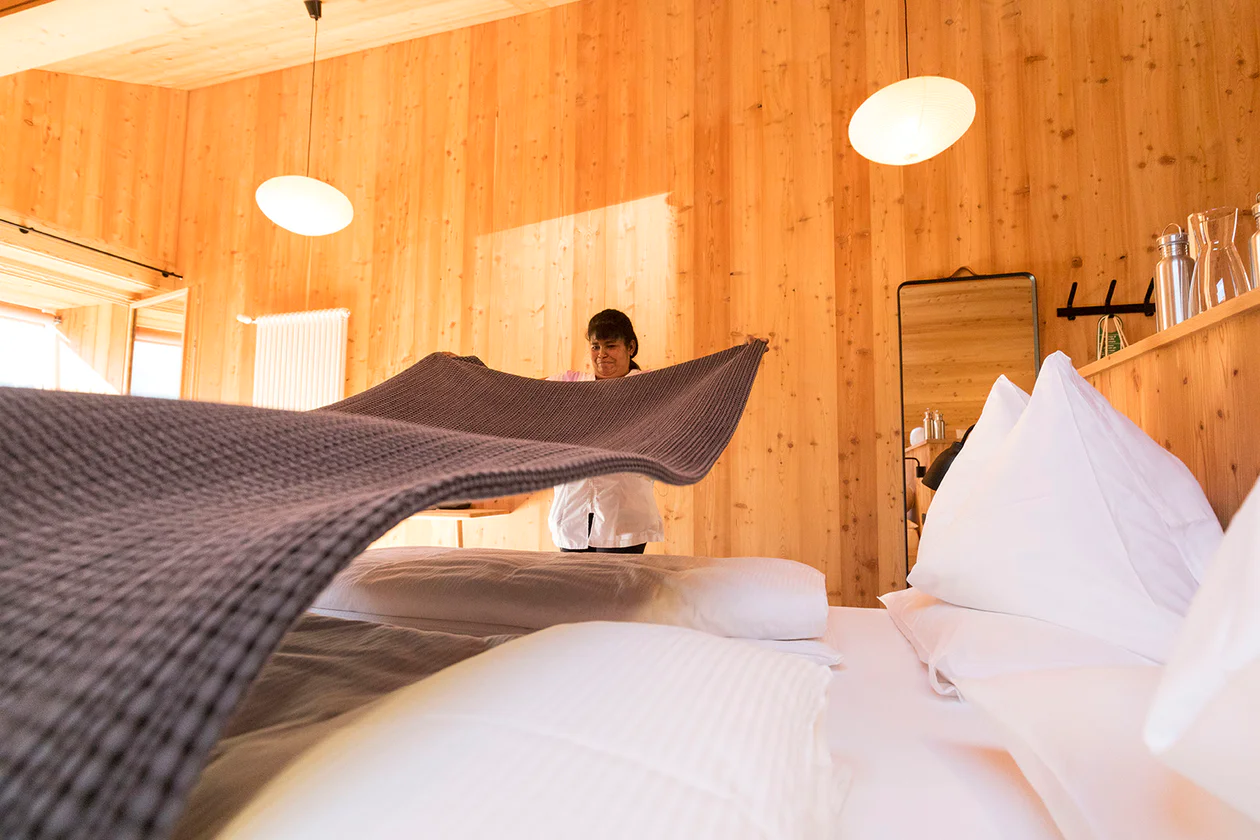Since 1890, the Obermoser Estate Winery has been in the possession of the Rottensteiner family, and since that time, the family has distinguished itself by not being so inclined to follow the well-trodden path. As early as 1929, Franz J.C. Rottensteiner had already launched the idea for an irrigation system that would provide water not only to his own vineyards, but to all of those surrounding them. The idea caught on, and Rottensteiner became the father of the first large-scale winegrowing irrigation system in all of Europe.
So being open to new ideas is in the blood of Thomas Rottensteiner, generation number five at the Obermoser Estate Winery. “For generations, we have been concentrating on the care, further development, and intensification of wines that are typical to the region – without tricks, but rather through innovation,” he says. Within that context, all of the innovations serve the promotion of the quality and individuality of the wines. And thus also of the grapes.
The latter grow in two areas that are far apart from each other. The larger of the two lies predominantly within the classic Santa Maddalena zone in Bolzano, while the smaller is in the core zone of the Lake Caldaro cultivation zone. Together, the two of them provide the raw material every year for around 34,000 bottles: from the classic Santa Maddalena to Lagrein and Cabernet all the way to Sauvignon Blanc.











































